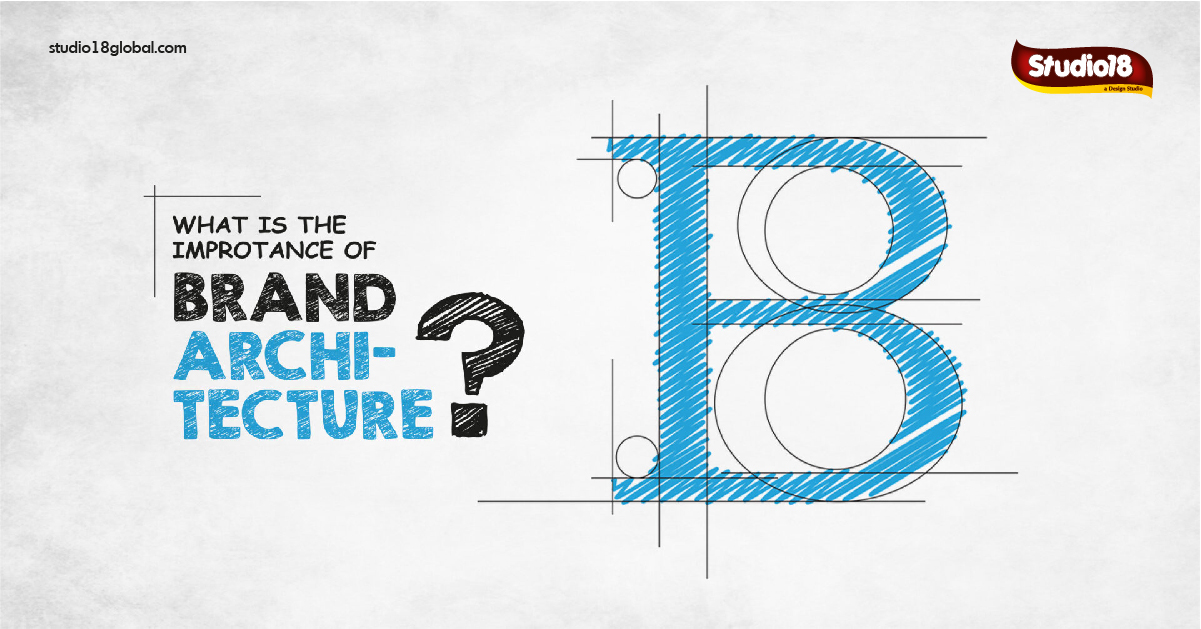 +91 97909 37369
+91 97909 37369 +973 33888701
+973 33888701
Today we understand that solid brand architecture is as essential to brand survival and success as a brand identity. In addition, brand architecture helps create cross-selling and up-selling opportunities for various products and services.
A good brand architecture simplifies buying experience so the customer can build up a relationship with multiple things simultaneously. In addition, the clear brand architecture leads to enhanced brand advocacy, market movement, streamlined business decisions, and moving to new markets.
Simply put, brand architecture is the definition of what your business intentions are. Brand architecture should answer questions like the range of products offered, how they relate to each other, how they do not connect, how to market the products, and how to expand the brand through relevant acquisitions.
Here are four brand architecture models that usually business adapt based on their intentions.
In this model, there will be only a single master brand descriptive name for each product/service under it. Only one visual and verbal identity is used as a strategy for all products and services that the business offers.
In this structure, several individual products or service brands have their own voice and identities, but sustain a clear link with the master brand. These brands are endorsed brands because they ride on the reputation of the master brand.
This is an option where each brand has its own individual name, visual identity, personality, and audience and sometimes competes. As the name suggests, such brands are designed to be independent of the master brand and sister brands. However, the customers will be aware of the master brand.
These are sub-brands with a combination of characteristics of monolithic brands, endorsed brands, and stand-alone brands. This is a strategy used when changing the brand architecture or acquiring a business through mergers and acquisitions.
The above range of brand architecture models indicates how a customer will build relationships with a brand. Once the ties strengthen, then the brand can look forward to cross-selling and up-selling.
There are various ways in which even a well-designed brand architecture can create problems for the brand. Sometimes products and services that come under the sub-brands generate confusion in the minds of the customers. The management of new products and services can be without proper systems once launched. The new brands do not leverage enough from the master brand and brand architecture does not align with the business strategy.
Considering all the above, we still believe that a good and clearly defined brand architecture is the right impetus for a brand to achieve growth and success.